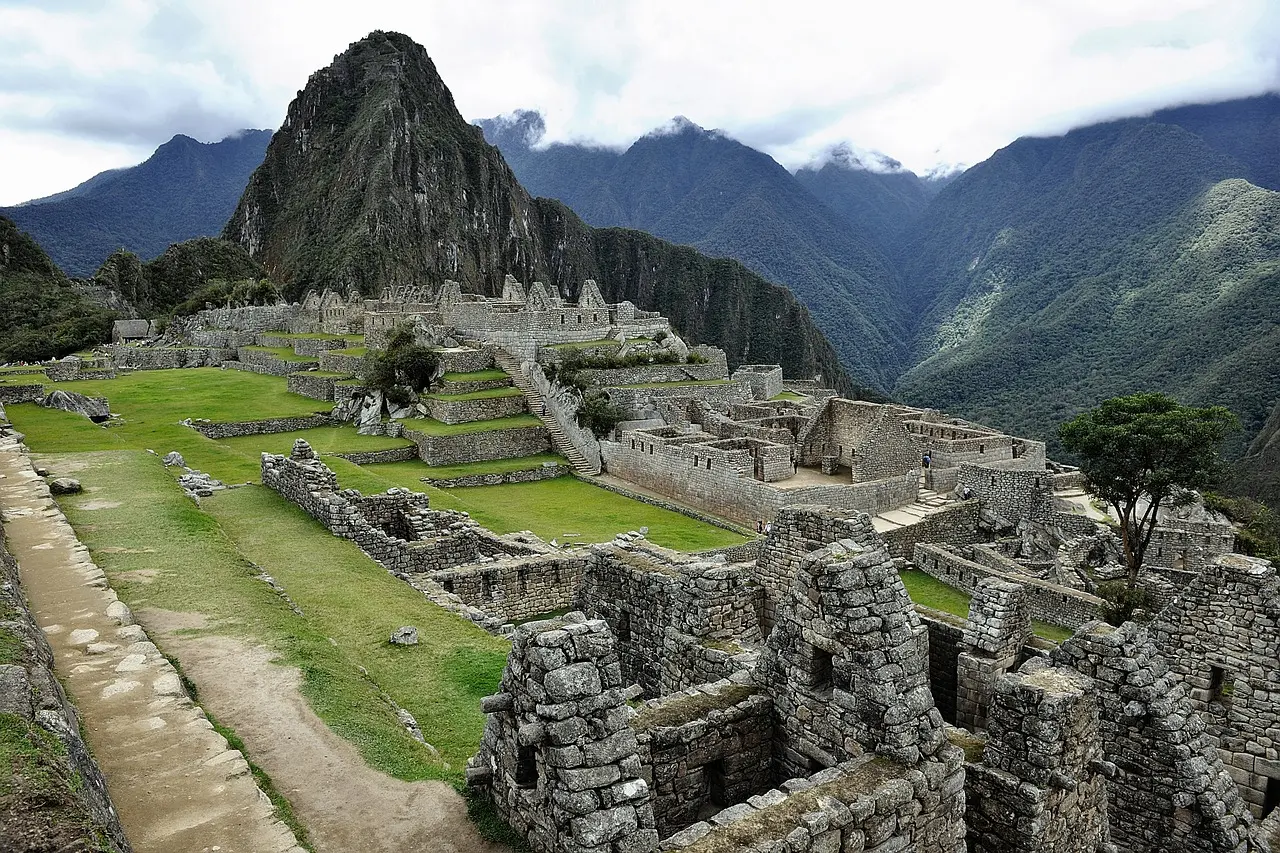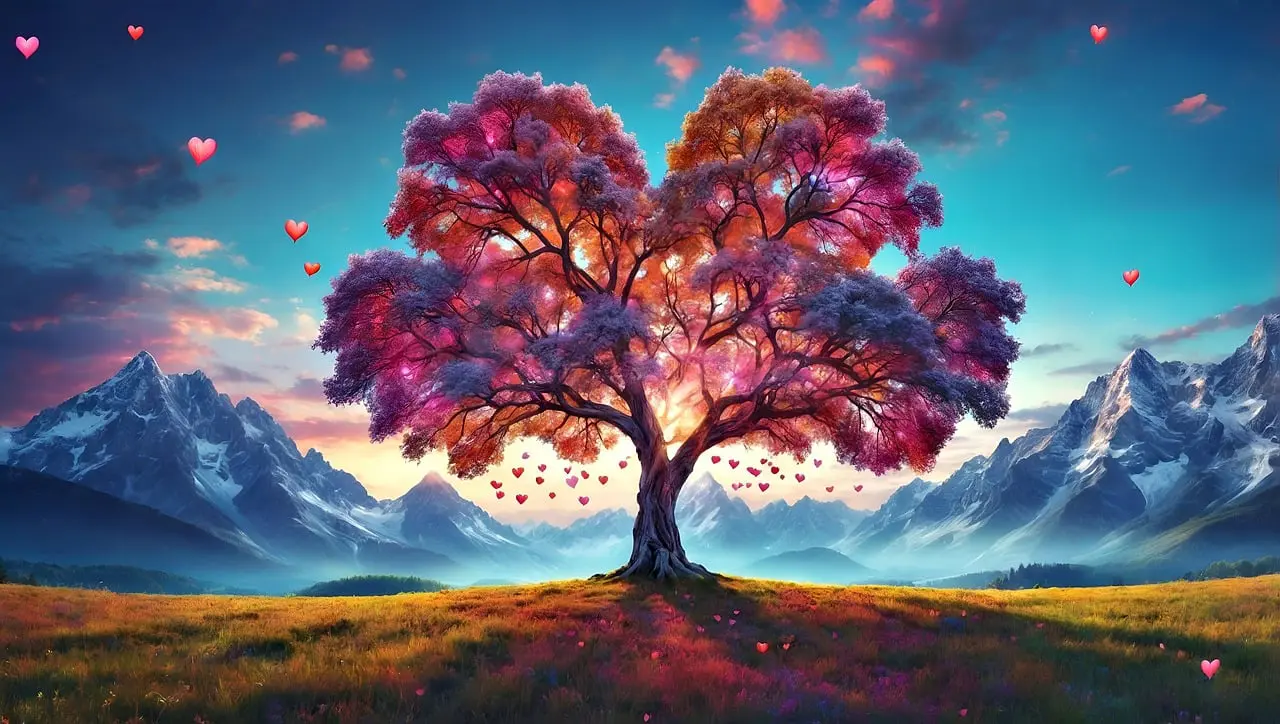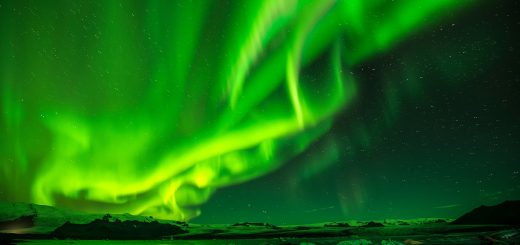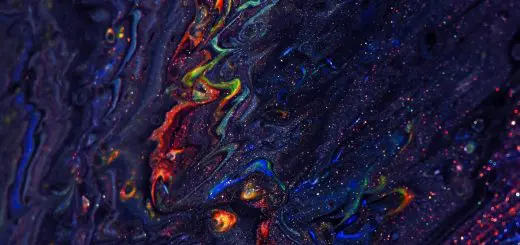Mystical Aura of Machu Picchu: The Lost City of the Incas

Looking for more amazing products? Check out our online store and explore our collection here! Happy shopping!
Before diving in, please note: This post is for informational purposes only. If you’d like to know more about how we approach topics, feel free to check out our friendly Disclaimer Page.
Hey there, amazing readers! 
We’re committed to delivering quality posts, and your support (even just sticking around despite the ads) means everything to us. So, bear with us, and thanks for helping us keep the good vibes rolling. Now, on to the fun stuff!
TRANSLATE BUTTON AT THE END OF THE ARTICLE
Machu Picchu, often referred to as the “Lost City of the Incas,” is a place shrouded in mystique and revered for its spiritual significance.
Nestled in the Andes Mountains of Peru, this ancient citadel has captivated the hearts and minds of people worldwide for centuries.
In this extensive exploration, we will delve deep into the spiritual meaning of Machu Picchu, uncovering the secrets and stories that make it an enduring symbol of the Inca civilization and a place of deep spiritual resonance.
The Enigma of Machu Picchu
Machu Picchu, built during the 15th century by the Inca emperor Pachacuti, stands as a testament to the advanced engineering and architectural skills of its time.
It is located in a breathtaking setting, surrounded by lush greenery, misty peaks, and the Urubamba River below.
This enigmatic city, however, was abandoned and forgotten by the world until its rediscovery by American historian and explorer Hiram Bingham in 1911.
Historical Significance
The historical significance of Machu Picchu lies in its being a royal estate, a sacred sanctuary, and a celestial observatory.
Its carefully planned layout, terraced fields, and intricate stonework reflect the Inca’s deep connection with the cosmos and their reverence for nature.
The complexity of its construction, using massive stone blocks transported over long distances, continues to baffle archaeologists and historians.
The city’s architecture and urban planning are testaments to the Inca’s superior knowledge of engineering and their profound spiritual beliefs.
Every structure in Machu Picchu has a specific purpose, aligning with the stars and the natural environment, making it a living example of the Inca’s advanced understanding of astronomy and ecology.
The Spiritual Architecture
The architecture of Machu Picchu is a testament to the Inca’s spiritual beliefs.
The city is built with precision and purpose, creating an atmosphere that resonates with the spirituality of the Andean people.
Intihuatana Stone
The Intihuatana stone is considered the most important ritual stone in Machu Picchu.
Its name translates to “Hitching Post of the Sun,” signifying its role in connecting the sun to the earth.
It was used by the Inca priests for ceremonies and to predict celestial events.
This stone was believed to tether the sun to the earth, ensuring the order of the universe and the harmony of life.
The alignment of the Intihuatana stone with the cardinal points and the surrounding landscape is a testament to the Inca’s profound understanding of astronomy and their belief in the interconnection of the physical and spiritual worlds.
This stone, perched high above the city, provides a tangible link to the heavens.
The Temple of the Sun
The Temple of the Sun is an exquisite example of Inca architecture.
It is dedicated to Inti, the Inca sun god, and its positioning allows the sun’s rays to shine directly into the temple during the winter solstice.
This alignment highlights the Inca’s deep spiritual connection with the cosmos and their veneration of the sun as the source of life and energy.
Within the temple, a precisely carved stone altar and windows frame the sun during solstices and equinoxes, creating a stunning spectacle that would have held immense spiritual significance for the Inca people.
This spiritual connection with the celestial bodies elevated their rituals and ceremonies, reinforcing the belief that they were in direct communion with the divine.
Pachamama: The Earth Mother
Central to Inca spirituality is the worship of Pachamama, the Earth Mother.
Machu Picchu’s location amidst the stunning natural beauty of the Andes is seen as a divine manifestation of Pachamama’s presence.
The Sacred Landscape
The Inca believed that the landscape itself was sacred and that the spirits of their ancestors resided in the mountains, rivers, and forests.
Machu Picchu’s placement in this awe-inspiring landscape reinforces its spiritual significance.
The towering peaks surrounding the city were believed to be inhabited by protective deities, watching over the inhabitants of Machu Picchu.
The Urubamba River, which gracefully curves around the base of Machu Picchu, was considered a sacred entity, and its gentle murmurs were believed to convey messages from the spirit world.
The Inca people deeply respected these natural features, and Machu Picchu’s design harmonized with the environment, showcasing the Inca’s reverence for Pachamama.
Rituals and Offerings
The Inca would perform rituals and offer sacrifices to honor Pachamama and seek her blessings.
These ceremonies often involved the use of coca leaves, chicha (corn beer), and other sacred items.
The act of giving back to the earth was an integral part of Inca spirituality, emphasizing the reciprocal relationship between humans and nature.
Pachamama rituals were conducted during significant agricultural events, such as planting and harvest seasons, to ensure the fertility of the land and the prosperity of the people.
These ceremonies involved elaborate dances, songs, and offerings, reflecting the Inca’s deep connection with the earth and their reliance on its abundance.
The Inca Trail: A Pilgrimage of the Soul
Visiting Machu Picchu is often described as a spiritual pilgrimage.
The Inca Trail, a hiking route leading to the citadel, is a journey of self-discovery and connection with the past.
The Transformational Journey
Hiking the Inca Trail is not just a physical adventure; it’s a transformational experience.
The trail, surrounded by breathtaking vistas, offers moments of introspection and communion with nature.
The challenging terrain and altitude provide an opportunity for visitors to connect with their inner selves, leaving behind the distractions of the modern world.
The Inca Trail, which spans approximately 26 miles and can take several days to complete, allows travelers to immerse themselves in the same breathtaking scenery that once surrounded the Inca people.
As you walk in their footsteps, you can’t help but feel a deep connection with your ancestors.
The energy of the place and the history it holds become a part of your own story.
Connection with Ancestors
As you traverse the same paths as the Inca did centuries ago, you can’t help but feel a deep connection with your ancestors.
The energy of the place and the history it holds become a part of your own story.
The awe-inspiring landscapes, the ancient ruins along the trail, and the remnants of centuries-old civilization remind you of the resilience and ingenuity of the Inca people.
The journey along the Inca Trail is not just about reaching Machu Picchu; it’s about experiencing a profound connection with the past and the spiritual essence of the Andean people.
It’s a reminder that the world was once connected through shared beliefs and a deep respect for nature.
Machu Picchu Today
Machu Picchu’s spiritual significance endures to this day.
It has been designated a UNESCO World Heritage Site and attracts visitors from all over the world.
However, the importance of preserving its spiritual essence is more critical than ever.
Preservation Efforts
Preservation organizations and the Peruvian government are working tirelessly to protect Machu Picchu from the wear and tear of tourism.
Strict regulations are in place to maintain its sanctity.
The delicate balance between preserving the site and allowing access to visitors
is a constant challenge.
Machu Picchu is a living heritage, and efforts to ensure its longevity are multifaceted.
These efforts include limiting the number of visitors per day, strict visitor regulations, monitoring and repair of structures, and reforestation projects to mitigate environmental degradation.
All of these endeavors are aimed at safeguarding the spiritual and cultural significance of this ancient citadel.
A Call to Conscious Tourism
Visiting Machu Picchu should be more than just ticking off a bucket list item.
It should be an opportunity to connect with the site’s spiritual energy and respect the customs and traditions of the local people.
Conscious tourism involves not only understanding the history and spirituality of Machu Picchu but also actively contributing to its preservation.
As a conscious traveler, one can respect the spiritual essence of Machu Picchu by adhering to visitor guidelines, such as not touching or climbing on the ruins, not littering, and showing respect to the local culture.
Engaging with the local communities and supporting their sustainable initiatives is another way to ensure that the spiritual legacy of Machu Picchu endures for future generations.
The Cultural Significance of Machu Picchu
Beyond its spiritual importance, Machu Picchu holds a significant place in the cultural identity of Peru and the world.
Its recognition as one of the New Seven Wonders of the World and its inclusion on the UNESCO World Heritage List highlight its global significance.
UNESCO World Heritage Site
Machu Picchu was designated a UNESCO World Heritage Site in 1983, recognizing its cultural and historical importance.
This status places it alongside other iconic sites like the Pyramids of Egypt, the Great Wall of China, and the historic center of Rome.
The UNESCO listing underscores the responsibility of preserving Machu Picchu as a universal heritage, emphasizing its importance to humanity as a whole.
It is a shared treasure that transcends borders and cultures, reminding us of the remarkable achievements of the Inca civilization.
Global Recognition
The global recognition of Machu Picchu as one of the New Seven Wonders of the World further solidifies its place in the world’s cultural consciousness.
It has become a symbol of human ingenuity and spiritual connection, drawing visitors from every corner of the globe.
The cultural significance of Machu Picchu extends beyond its historical value.
It has become an emblem of human achievement and a testament to the power of spirituality, architecture, and the enduring resonance of ancient civilizations.
Conclusion
Machu Picchu, the Lost City of the Incas, is not merely an archaeological site; it is a place of profound spiritual significance.
The architecture, the natural surroundings, and the historical context all converge to create an atmosphere of awe and reverence.
As visitors explore this ancient citadel, they can feel the echoes of the Inca’s spiritual beliefs and their deep connection with the cosmos.
Machu Picchu invites us to reflect on our relationship with the earth, the heavens, and the enduring power of spirituality.
7 FAQs About Machu Picchu
1.
Is Machu Picchu still used for spiritual ceremonies?
Machu Picchu is no longer used for Inca spiritual ceremonies.
However, some indigenous people in the region may still perform rituals in the area.
2.
Can I visit Machu Picchu year-round?
Machu Picchu is open year-round, but it’s essential to check the weather conditions and plan your visit accordingly.
The high season is from May to September, while the rainy season occurs from November to March.
3.
What is the best time to visit Machu Picchu for spiritual experiences?
The best time to visit for spiritual experiences is during the solstices and equinoxes when the sun’s alignment with the temple of the sun is most significant.
However, be prepared for larger crowds during these times.
4.
Are there guided tours available at Machu Picchu?
Yes, there are guided tours available at Machu Picchu, and they can provide valuable insights into the site’s history and spirituality.
Hiring a knowledgeable guide can enhance your experience and help you understand the significance of the various structures.
5.
How can I respect the spiritual significance of Machu Picchu while visiting?
Respect the site by following all regulations, not touching or climbing on the ruins, and being mindful of your impact on the environment.
Leave no trace and carry out all waste, and be considerate of fellow visitors.
6.
What are the environmental challenges facing Machu Picchu?
Environmental challenges include erosion, vegetation loss, and waste management due to tourism.
Efforts are being made to mitigate these issues through conservation projects, visitor limitations, and eco-friendly practices.
7.
Are there alternative spiritual sites in Peru?
Yes, Peru is home to many other spiritual sites like Ollantaytambo, Sacsayhuaman, and the Nazca Lines, each with its unique history and significance.
Exploring these sites can provide a deeper understanding of the rich spiritual heritage of Peru and the Andean region.

The Enlightenment Journey is a remarkable collection of writings authored by a distinguished group of experts in the fields of spirituality, new age, and esoteric knowledge.
This anthology features a diverse assembly of well-experienced authors who bring their profound insights and credible perspectives to the forefront.
Each contributor possesses a wealth of knowledge and wisdom, making them authorities in their respective domains.
Together, they offer readers a transformative journey into the realms of spiritual growth, self-discovery, and esoteric enlightenment.
The Enlightenment Journey is a testament to the collective expertise of these luminaries, providing readers with a rich tapestry of ideas and information to illuminate their spiritual path.
Our Diverse Expertise
While our primary focus is on spirituality and esotericism, we are equally passionate about exploring a wide range of other topics and niches 

To ensure we provide the most accurate and valuable insights, we collaborate with trusted experts in their respective domains 
Our blog originally focused on spirituality and metaphysics, but we’ve since expanded to cover a wide range of niches. Don’t worry—we continue to publish a lot of articles on spirituality! Frequently visit our blog to explore our diverse content and stay tuned for more insightful reads.
Hey there, amazing reader! 
Check out our store here and take a peek at some of our featured products below! Thanks for being awesome!











